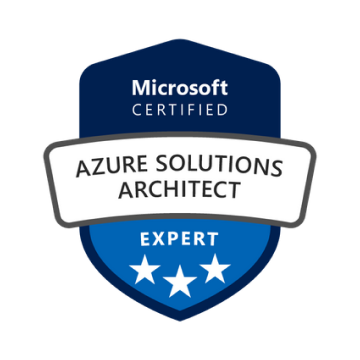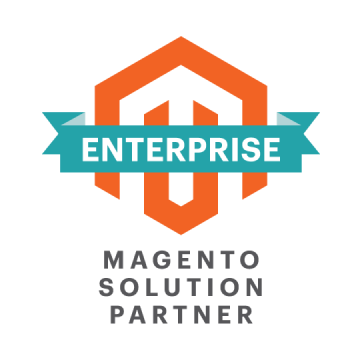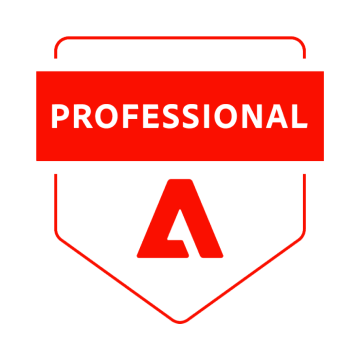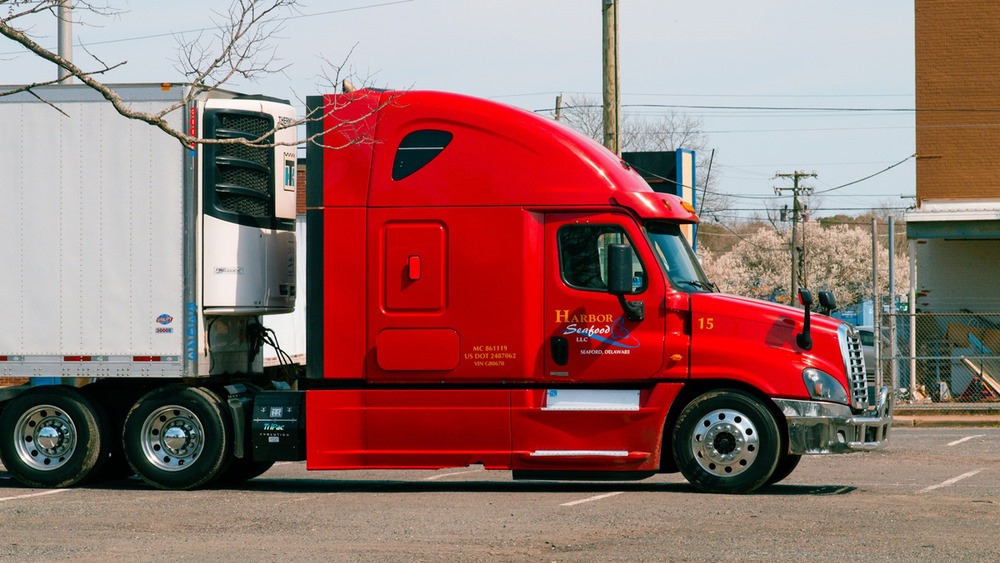Automotive Software Development
We build and modernize software that connects vehicles, plants, and the energy systems around them. Typical engagements span telematics pipelines and vehicle data platforms, fleet optimization and predictive maintenance, EV charging and load management, extensions to manufacturing execution systems, dealer and service portals, and integrations across ERP, SCADA, and IoT.

Our Offerings
Fleet operations and predictive maintenance
From telematics boxes and OEM feeds, we ingest CAN/OBD data, normalize fault codes, and train failure-risk models that trigger work orders before breakdowns. Integrations with your CMMS, DMS, and parts catalogs create closed-loop maintenance — inspection, approval, parts pick, and service confirmation. You get fewer roadside events and tighter control of parts spend and technician hours.
Vehicle data platform and telematics pipelines
We design an ingestion layer for high-volume telemetry, events, and logs, backed by time-series storage and a clean API that product teams can actually use. Data contracts, validation, and lineage keep analytics trustworthy, while consent and retention controls guard how data is used. This foundation supports new apps — driver UX, route planning, compliance reporting — without re-plumbing feeds each time.
Manufacturing and plant systems integration (MES/SCADA to cloud)
Plants still run on PLCs, historians, and MES that are hard to connect with modern analytics. We build adapters that publish production, energy, and quality signals to cloud services in near-real time. That lets operations map scrap and downtime to root causes, align ERP work orders with the line, and plan shifts against actual energy intensity.
Over-the-air updates and device lifecycle
Chargers, gateways, and telematics units need safe, staged updates. We provide artifact signing, phased rollouts, canary groups, health checks, and instant rollback. Dashboards show device health and configuration drift, so operations can act before small issues take whole sites offline.
Energy and market integrations
Automotive fleets increasingly interact with utility programs for demand response, tariff optimization, and V2G pilots. We build the interfaces to exchange meter data, accept grid signals, and produce settlement reports your finance team can audit. Policies control what assets participate and how much capacity is offered so transportation needs are met first.
Operations analytics and reporting
Leaders get a single view of cost per mile, charger utilization, queue times, energy vs. fuel spend, and service backlog. We model unit economics by route, depot, and vehicle class, then publish role-based dashboards and alerts. This makes it easier to justify investments and guide day-to-day decisions across automotive and energy operations.
How We Bring Value To Your Business
We align software work with the metrics you already run the business on: uptime, cost per mile, energy spend, and rollout risk. Each build is scoped to a clear operational outcome, then expanded across sites once it proves itself.
1
Lower energy spend with smart charging
Charging is scheduled against tariffs, depot limits, and route readiness. Site controllers coordinate chargers, storage, and on-site generation to reduce peaks without delaying departures. You get transparent cost allocation by route, vehicle class, and location, plus the hooks to participate in demand response and V2G programs when it fits your plan.
2
Fewer breakdowns and tighter maintenance windows
Telemetry and fault codes feed risk models that flag assets before they fail. Work orders, parts picks, and technician schedules are triggered from the same event stream, so repairs land in the smallest viable window. Roadside incidents drop, and vehicles return to service faster with better parts usage.
3
Faster integrations with less disruption
Adapters connect MES, SCADA, ERP, and IoT gateways to a stable API layer. Blue-green and canary rollouts keep plants and depots running while changes go live in controlled slices. Teams downstream get consistent data and services without reworking every integration.
4
Reliable data for decisions and audits
Data contracts, validation, and lineage make reports repeatable across months and sites. Settlement for utility programs, warranty analytics, and cost allocation all pull from one governed store, so finance and operations are looking at the same facts. This reduces time spent reconciling spreadsheets and defending numbers.
5
Quicker time to value
We start with a production-grade slice — often one depot, line, or pilot fleet — so you see impact in weeks. Tooling, runbooks, and observability ship with the first release, making later expansion predictable across additional plants and regions in the automotive network.
6
Clear unit economics you can act on
Dashboards track cost per mile, charger utilization, queue times, service backlog, and energy intensity by site. Leaders can compare options — new chargers, different shift patterns, route changes — against real financial impact, not estimates. This shortens decision cycles and de-risks capital planning.
Challenges We Commonly Solve
Many roadblocks come from systems that were never designed to work together across vehicles, plants, and the grid. We focus on the friction that slows rollouts, clouds unit economics, and drives up energy and service costs.
Start with one site and a clear target — then expand across your network.
Why Choose WiserBrand
Work with a partner that ships maintainable systems and hands them over cleanly to your teams.
1
Energy + mobility domain fluency
We connect chargers, meters, telematics, PLCs/MES/SCADA, and ERP without guesswork. That mix of grid, plant, and fleet experience cuts rework, shortens integration cycles, and keeps operations running during change.
2
Production-first delivery
We start with a live slice — one depot, line, or region — and harden it: observability, blue-green and canary rollouts, runbooks, access controls, and on-call paths. Your team gets a stable baseline that can expand across sites at a predictable pace.
3
Governed data foundation
Data contracts, validation, lineage, and retention policies come standard. Finance, compliance, and operations pull from the same facts, so allocation, settlements, and warranty analysis hold up in reviews.
Cooperation Models
Pick a working model that fits your priorities — speed to pilot, added capacity for ongoing builds, or steady operations across sites.
We take a scoped slice with clear success criteria — say, depot charging optimization, a telematics ingestion layer, or a dealer portal flow — and deliver it to production. You get fortnightly increments, blue-green or canary rollouts, documentation, runbooks, and a focused handover so your team can operate and extend the work.
Our engineers join your product, platform, or data teams to accelerate roadmaps you already own. We handle the tricky pieces such as MES/SCADA adapters, data contracts, and OTA pipelines while working in your tools and rituals. Knowledge stays with your organization: ADRs, tests, and playbooks live in your repos from day one.
For operations that need help after launch, we provide on-call coverage, device fleet health monitoring, staged firmware releases, and capacity planning. Monthly ops reviews surface incident patterns, backlog priorities, and cost drivers across energy and automotive sites, with a clear exit path if you later bring everything in-house.
Our Experts Team Up With Major Players
Partnering with forward-thinking companies, we deliver digital solutions that empower businesses to reach new heights.
Our Approach
We reduce delivery risk by proving a small, production-grade slice first, then expanding it across sites with clear ownership and runbooks.
Frame the problem and success metrics
We align on the business goal, constraints, and the smallest slice that can prove value — one depot, a production line, or a regional pilot. Inputs include uptime targets, tariff windows, depot power limits, compliance needs, and team capacity. We map systems (MES/SCADA, ERP, chargers, telematics) and define owners, SLAs, and a budget tied to the outcome.
Design the architecture and data contracts
We define the event model, IDs, time-series stores, and API surfaces so products and analytics pull from consistent facts. The design covers edge connectivity, cloud services, access boundaries, observability, retention, and consent controls. Interfaces are documented so internal teams can build on them without guesswork.
Build a production slice
We implement adapters, ingestion pipelines, and the core feature (charging control loop, telematics platform, or portal flow) behind feature flags. CI/CD supports blue-green and canary rollouts with instant rollback. Runbooks, alerts, and dashboards ship with the code so operations can act on real signals from day one.
Prove impact and harden
We run the slice with real traffic, compare it to the baseline, and remove bottlenecks. That can involve tariff schedule tuning, queue mitigation at chargers, or refining fault-code filters for maintenance. We conduct reliability tests, finalize playbooks, and train your team so they can operate and extend the system confidently.
Scale and handover
We templatize configs, automate provisioning, and roll out to more depots or plants behind staged gates. Capacity planning, device fleet health, and change windows are part of a regular ops cadence. Ownership shifts to your squads with clear exit paths for any managed support, giving your teams control across the automotive footprint.
Case Studies
Our case studies highlight the outcomes we’ve delivered and the approaches that made them possible.
Automotive Software Development FAQ
Begin with one depot or line. Wire chargers, meters, and telematics into a small service and gate changes with feature flags. Blue-green or canary rollouts keep sites running while results are compared to the baseline.
Yes. We build adapters to PLCs, historians, and ERP, normalize IDs and timestamps, and publish a steady API. Downstream teams keep their tools and get consistent data across your automotive and energy operations.
Start with fault codes, mileage, and service logs; add sensor streams like temperature, vibration, and charging cycles as they become available. Models flag risk and trigger work orders with parts and schedules.
Updates ship as signed artifacts with phased rollout, health checks, and instant rollback. Dashboards show device health and configuration drift so issues are caught before they spread.
Track cost per mile, demand charges, charger utilization, queue times, downtime, and parts spend against a pre-pilot baseline. When the slice is stable and unit economics improve, roll out to more automotive sites using the same playbook.























